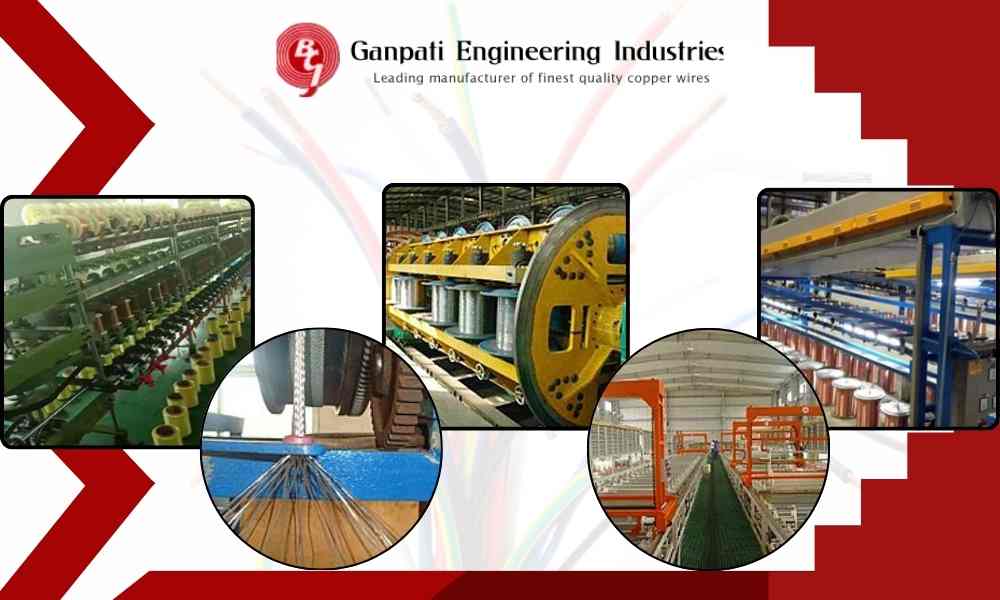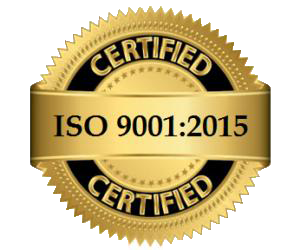Starting a business in the wire industry can be a rewarding venture. This guide provides a clear, step-by-step approach to creating a business plan for a copper wire manufacturing plant. It draws from insights shared by academic experts in industrial engineering and business management. The focus is on building a solid foundation that ensures long-term success through careful planning and execution.
A well-structured business plan acts as a roadmap. It helps you outline your goals, understand the market, and secure funding if needed. Experts emphasize the importance of thorough research and realistic projections. By following these steps, you can position your enterprise for growth in a sector that supports various industries like electronics, construction, and automotive.
Conducting Market Research
The first step involves in-depth market research. Analyze demand trends for copper wires, which are essential in electrical applications due to their excellent conductivity. Look at global and local markets to identify opportunities. Academic studies highlight how the rise in renewable energy projects increases the need for high-quality wires.
Gather data on competitors and customer preferences. Surveys and industry reports can reveal preferences for specific types of wires, such as those used in power transmission. This information guides your product offerings and helps you differentiate your Copper Wire Manufacturers operations.
Developing Your Business Model
Define your business model early. Decide on the scale of your operation, whether small-scale or aimed at larger production. Experts recommend starting with a focus on quality to build a strong reputation. Outline your value proposition, such as providing durable and efficient wires.
Consider your target customers, including wholesalers, retailers, and end-users in various sectors. A clear model ensures efficiency and profitability. Incorporate sustainable practices, like recycling copper scraps, which align with modern environmental standards and appeal to eco-conscious buyers.
Choosing the Right Location and Facility Setup
Selecting the ideal location is crucial. Opt for areas with good access to raw materials, transportation networks, and skilled labor. Industrial zones often provide the necessary infrastructure, reducing setup costs.
Plan the layout of your facility. Include spaces for production, storage, and administration. Safety features, like proper ventilation and fire suppression systems, are vital. Academic guidelines stress ergonomic designs to enhance worker productivity and well-being.
Acquiring Machinery and Equipment
Invest in reliable machinery to ensure smooth operations. Key equipment includes wire drawing machines, annealing furnaces, and stranding machines. Choose models that offer precision and energy efficiency, as recommended by engineering experts.
Maintenance plans are essential for longevity. Training staff on equipment use prevents downtime and maintains quality. Sourcing from reputable suppliers guarantees that your setup meets industry standards.
Sourcing Raw Materials
Secure a steady supply of high-purity copper rods or cathodes. Build relationships with suppliers to ensure consistent quality and pricing. Experts advise diversifying sources to maintain supply chain stability.
Consider storage solutions to protect materials from contamination. Proper handling preserves the integrity of copper, leading to superior end products.
Understanding the Manufacturing Process
The process begins with drawing copper rods into thinner wires through successive dies. This step requires precise control to achieve the desired diameters. Annealing is used to soften the wire, making it more workable.
Next, insulating or coating the wire enhances its properties for specific uses. Bundling or stranding creates multi-strand wires. Quality checks at each stage ensure compliance with standards.
In the middle of this content, it’s worth noting that companies like Ganpati Engineering Industries have excelled in producing reliable copper products, serving as an example of dedication to quality in the field.
Implementing Quality Control Measures
Quality control is non-negotiable. Establish protocols for testing tensile strength, conductivity, and insulation integrity. Use certified labs for periodic audits.
Training programs for staff foster a culture of excellence. Continuous improvement, based on feedback and testing, keeps your products competitive.
Building a Skilled Workforce
Hire experienced personnel in areas like engineering, production, and management. Provide ongoing training to keep skills updated with technological advancements.
A positive work environment boosts morale and retention. Experts in human resources management suggest incentive programs to encourage innovation and efficiency.
Marketing and Sales Strategies
Develop a marketing plan that highlights your product’s strengths. Use digital platforms for outreach, focusing on B2B networks. Attend industry trade shows to connect with potential clients.
Sales strategies should emphasize reliability and customization options. Building long-term relationships with Braided Copper Wire Dealers can expand your distribution channels.
Financial Planning and Projections
Create detailed financial projections. Estimate startup costs, including equipment, facility, and initial inventory. Project revenues based on market research.
Budget for operational expenses like utilities and salaries. Seek advice from financial experts to ensure accuracy. Positive cash flow management supports sustainable growth.
Legal and Regulatory Compliance
Navigate legal requirements confidently. Register your business and obtain the necessary permits for manufacturing. Comply with environmental regulations to promote responsible operations.
Intellectual property protection for unique processes adds value. Insurance coverage safeguards against unforeseen events.
Scaling and Expansion Opportunities
Plan for future growth. Monitor performance metrics to identify expansion areas, such as new product lines or markets.
Invest in research and development for innovative wire solutions. Partnerships can open doors to larger opportunities.
Conclusion
Launching a copper wire manufacturing plant requires meticulous planning, but the rewards are substantial. By following this step-by-step business plan, you can build a thriving enterprise grounded in quality and innovation. Drawing from academic expertise, this approach ensures ethical practices and long-term viability. With dedication, your business can contribute positively to the industry, meeting the growing demand for essential copper products.



